Imagine tucking into a chip shop curry sauce or a bowl of tomato soup and having zero clue there’s gluten lurking inside. Loads of people assume avoiding wheat, bread, and pasta is enough. If only! Gluten sneaks into so many places, you’d probably never guess. If you’ve ever found yourself wondering why you still get symptoms even after ditching the obvious offenders, you’re not alone. Hidden gluten is a slippery thing and spotting it is almost a talent. The trouble is, gluten isn’t just in things like bread and cakes. It pops up in some of the most random foods out there. Today’s supermarkets aren’t making it easier. Pre-packed meals, snacks, sauces, and even drinks can trip you up. Want even weirder? Sometimes gluten turns up where you’d bet your rent it wouldn’t. The more you know, the better you can dodge digestive disasters. Let’s have a honest look at which foods secretly contain gluten, why manufacturers put it there, and how you can sidestep these sneaky saboteurs. Ready to be surprised?
Everyday Foods Sneaking In Gluten
After living gluten free for a while, you kind of expect gluten in pies, pastries, and most takeaways. But have you ever checked your ice cream or your soy sauce? Some of the most unassuming food cupboard regulars are loaded with gluten, and the list seems to grow as companies play around with recipes.
Let’s start with sauces – they love gluten. Packets of gravy granules, chip shop curry sauce, salad dressings, and even tomato ketchup can all hide gluten as a thickener. Soy sauce is a huge shock for most people – traditional soy sauce is brewed with wheat, making it a complete no-go for anyone with celiac disease. Tamari is often the safe alternative, but even then you need to check the label twice because not all tamari is guaranteed gluten free.
Here’s another classic: processed meats, like sausages, burgers, and meatballs. Loads of brands chuck in rusk or wheat flour as a filler to bulk up the product. Some are switching to gluten free versions, but plenty aren’t. It’s one of those things you wouldn’t clock until you’re standing aisle-side, squinting at the ingredients, and realising your favourite bangers aren’t safe.
Soup is a sneaky one too. A lot of tinned and packet soups use wheat flour as a thickener. Even cream of tomato, that British comfort staple, often lists gluten as a main ingredient. Next on the hit list: ready meals. From supermarket lasagne to those so-called ‘healthy’ microwave curries, hidden gluten shows up in breadcrumbs, coatings, gravies, and ‘natural’ flavours.
Who’d guess gluten could hide in chips? Some frozen chips (especially those with a coating or seasoning) contain wheat flour or wheat starch to help them crisp up. Same with seasoned curly fries or ‘spicy’ wedges. And if you ever order chips out, you’ve got to ask if they’ve been in a dedicated fryer – otherwise cross-contact is almost guaranteed.
Ice cream deserves its own mention. Ever eaten cookies and cream thinking you’re safe, only to realise the cookie bits are full of wheat? Or checked a tub of ‘caramel swirl’ after the fact, only to find out the swirl contains wheat starch or biscuit crumbs? Even plain flavours sometimes list “may contain gluten” due to manufacturing practices.
| Common Food | Why Gluten Is There | Safer Alternative |
|---|---|---|
| Soy Sauce | Traditional brewing uses wheat | Tamari (certified gluten free) |
| Ready Meals | Thickeners, coatings, sauces | Clearly labeled GF meals |
| Burgers/Sausages | Wheat rusk or flour as filler | Meat from butcher, check labels |
| Gravy/Soups | Wheat flour for thickening | Make your own, brands like Knorr GF |
| Ice Cream | Biscuit pieces, cross contamination | Plain flavours from reputable brands |
Breakfast time is its own minefield. Some oat brands aren’t gluten free because oats are often processed alongside wheat. Even porridge oats can cause issues unless specified gluten free. Cereal bars, granola, and flavoured yogurts can hide wheat by way of “crisped rice,” “malt extract,” or granola clusters made with barley.
Alcohol isn’t immune, either. A lot of beers – especially lagers and stouts – use barley malt which is a source of gluten. Some ciders, more hipster craft ales, and even pre-mix cocktails throw in wheat derivatives if you dig through the fine print. Spirits like whisky and vodka distilled from wheat are usually okay due to the distillation process, but if you’re ultra sensitive, even those can be risky.
The frustrating part is how unclear labels can be. One brand writes “may contain gluten,” while another slaps “suitable for celiacs” next to almost identical ingredients. The UK Food Standards Agency requires major allergens – including gluten – be emphasised in the ingredients list (usually in bold), but with imported foods or takeaways, you’re sometimes left guessing. There’s also the matter of food served out – things like onion rings, battered fish, or Yorkshire puddings in pubs. Cross-contact in fryers, on shared pans, and with prep utensils can mean gluten is everywhere, even if it isn’t technically in the recipe.
The Weirdest Places Gluten Pops Up
You expect to find gluten in a scone or a sausage roll, but toothpaste? Vitamins? Makeup? Not a joke – gluten can end up in places most people never think to check. For the crowd with celiac disease, these hidden sources could set off symptoms just as badly as eating a bread roll.
Let’s talk vitamins and supplements first. Gummy vitamins, chewables, and even standard tablets sometimes contain wheat-based fillers to hold them together. Not every pharmacy brand is transparent about it, either. Always check for wheat starch (sometimes listed as E1404 or modified starch) or even barley derivatives like maltodextrin. If you’re not sure, stick with brands marked gluten free like Holland & Barrett’s or Solgar – but still check labels because formulas do change.
Medication gets even trickier. Wheat starch is used in everything from basic ibuprofen to antibiotics. In the UK, pharmacists are pretty clued up and can check ingredients for you, but it’s worth double-checking, especially if you’re getting medicine abroad.
Ever heard of ‘edible’ glitter? Sounds perfect for topping cupcakes and fancy drinks, right? But some brands use wheat starch for that perfect sparkle. You’ll also occasionally find gluten in food dyes, certain types of glazes sprayed on fruit, and even in envelope glue – though the last one is more of a trivia fact than a health tip. On a similar note, some brands of chewing gum sweetened with malt extract or containing flour-dusted gum bases can pose a problem.
How about frozen veg or fruit? Corn on the cob with a ‘butter’ flavour, or frozen strawberries dusted with a little flour to stop them clumping. Sounds harmless, but that tiny bit of flour can sneak in gluten. That’s why you should always check: “may contain traces of gluten” means shared equipment or lines, even if gluten’s not in the actual ingredients.
Seasoned snack bars, popcorn, and nuts love to use coatings full of wheat starch, especially honey roast nuts or spicy corn snacks. Most crisps are made using potatoes – but the seasoning often contains “malt vinegar,” “barley malt extract,” or even “wheat starch” to bind flavours to the chips.
Here’s an unexpected one: fish fingers, battered fish, and even some types of crab sticks or ‘seafood sticks.’ Many contain wheat flour in the coating or as a binding agent. It pays to go for products labeled specifically gluten free, or make your own at home where you’re in control of the ingredients.
Even pet food sometimes includes wheat, so if you live with a sensitive celiac and have small kids or pets that love sharing, it pays to check the labels on animal treats – just in case.
| Surprising Source | Form of Gluten | Tips |
|---|---|---|
| Vitamins & Supplements | Wheat starch, barley derivatives | Check for 'gluten free' certification |
| Toothpaste & Lip Balm | Wheat-based thickeners | Ask company or check FAQ online |
| Seasoned Nuts/Snacks | Wheat starch in coatings | Stick to labeled GF snacks |
| Chewing Gum | Flour-dusted, malt extract | Choose certified GF brands |
| Frozen Veg w/ Flavouring | Flour dusting | Buy plain frozen veg |
Lastly, let’s talk about eating out. Restaurants are catching up, and in Brighton half the local places know what gluten is. But unless there’s a completely gluten free fryer, or they prep food separately, there’s always risk. Dishes like ‘gluten free pizza’ cooked on a shared tray, miso soup with barley-based miso, or tapenade with a sneaky dash of non-GF soy sauce can trip you up. Waiters might not always know what’s in the food, so it’s worth grilling them kindly and double checking for surprises.
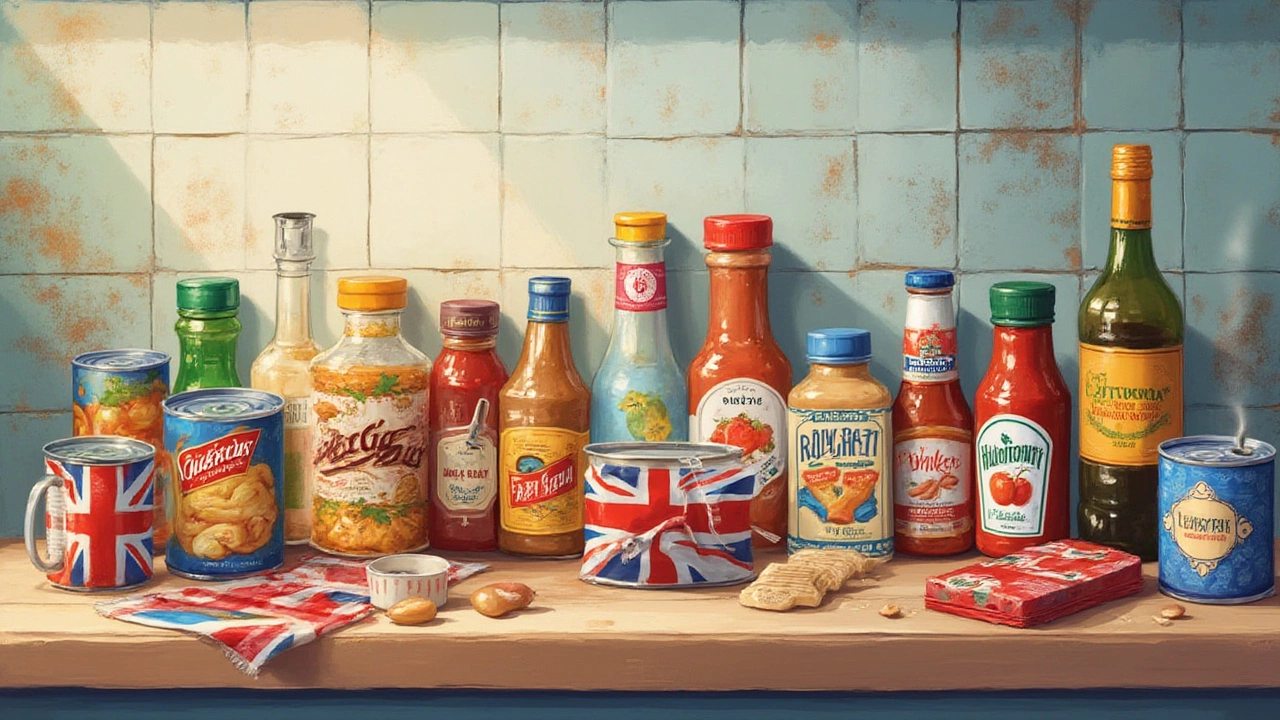
Why Is Gluten Added To So Many Foods?
You might wonder: why does gluten end up in places it has no business being? The answer is money, texture, and shelf life, mostly. Gluten does a great job of binding, thickening, and keeping food from going stale. For manufacturers, adding wheat flour, malt extract, or wheat starch is just an easy way to get the perfect look, feel, or taste without breaking the bank.
Take ready meals. Wheat flour is an awesome thickener for gravies and sauces. It’s cheap and gives that glossy, consistent texture. Rice flour or corn starch cost a bit more and can separate if you freeze and reheat them, so not every company wants the hassle. That’s why gluten still dominates most pre-packed foods.
Bakery items need that chewy, bendy feel that only gluten really delivers in bread and bakes. It traps air, so you get a fluffy rather than a dry result. That’s why even stuff like vegan burger buns, pizza crust, or quiches might not be safe unless they’re marked gluten free.
Malt extract gets chucked into loads of cereal bars, sweet snacks, and even brown colouring in fizzy drinks because it gives a lovely golden colour and a bit of sweetness without using actual sugar. It’s made from barley, so always check any product with “malt” on the label.
Then there’s the world of processed snacks. The crumbly coatings on chicken wings, those ‘golden’ hash browns from the cafe, and even pub crisps keep gluten because it helps flavours stick and makes snacks crunchy and addictive. Even in salads – think supermarket pasta or couscous salads – gluten is used as a binder or filler to keep the pieces from clumping and make portion sizes look bigger on the shelf.
Catering takes the problem up a notch. Restaurants often use the same tongs, pans, or fryers for everything, so even grilled veg or chips might pick up traces of gluten from a battered sausage cooked just before. At big chains, they’re good at listing allergens but smaller spots might guess or leave things off altogether. Best to ask, check menus online first, and look for dishes naturally free from grains, wheat, or ‘modified starches’ without a clear source listed.
This habit of sneaking gluten in means people with gluten intolerance or celiac disease have to become detectives, reading every label and double checking every time. Around 1% of the UK population has celiac disease, but a much larger group struggles with gluten sensitivity. Symptoms can kick in with even a speck of gluten – not just bread or pasta-sized chunks.
Here’s a table with places gluten gets added and why:
| Product Type | Gluten's Role | Common Ingredient |
|---|---|---|
| Ready Meals | Thickening sauces | Wheat flour |
| Bakery Items | Texture, binding | Wheat gluten |
| Snacks/Coated Foods | Coating, crunch | Wheat, barley malt |
| Cereals & Drinks | Sweetness, colour | Barley malt extract |
| Salads & Deli Food | Binding, bulking up | Pasta, couscous, wheat starch |
The good news? The tide is turning as awareness spreads. Nearly every UK supermarket now stocks huge ranges of gluten free alternatives, from oatcakes to pasta and household sauces. Look for the crossed grain symbol and “gluten free” in bold – but always double check, as recipes sometimes change without warning.
How to Outsmart Hidden Gluten
Dodging gluten might feel overwhelming given the minefield, but armed with a few strong habits, you can avoid most slip-ups. Start by getting familiar with label reading. Don’t just look for the obvious “wheat” or “gluten.” Watch for barley, rye, oats (unless GF), malt, couscous, bulgur, semolina, spelt, triticale, and even ambiguous terms like “modified starch.” If in doubt, put it back, or check online for the latest info.
Set your favourites and stick with brands that clearly mark gluten free on packaging. This makes shopping so much easier, especially when you’re short on time or can’t find your reading glasses. Some of the safest UK brands for gluten free are Genius for bread and bakes, Warburtons GF range, Tesco and Sainsbury’s own gluten free collections, and Freefrom sections in most major supermarkets. For sauces and microwavable meals, look for the familiar green Free From banding.
Cooking at home gives you the ultimate control. Sauce thickening? Use corn starch, potato starch, or certified GF flour blends. For breadcrumbs, try crushed cornflakes marked gluten free, or blitz gluten free bread in a food processor. If you’re baking, mixes like Doves Farm and Schär are absolute lifesavers.
Eating out? Pick places that specialise in gluten free meals or offer a separate fryer. Pizza Express is gluten aware, Honest Burgers can do GF buns, and even some fish and chip shops around Brighton now fry chips separately for people dodging gluten. Always ask about cross-contact, be friendly but persistent, and don’t be afraid to walk away if they can’t guarantee it’s gluten free.
Always keep a stash of trusted gluten free snacks for emergencies – things like oatcakes, protein balls, popcorn, and pre-packed dried fruit. When you’re travelling, pack a few meal options just in case, because motorway services aren’t always the best for gluten free choices.
Don’t forget drinks. Check beers are labeled ‘gluten free lager’ (Peroni, Daura Damm, and Stella now do GF versions), avoid malted drinks like Horlicks, and stick to pure spirits on nights out. For cider, most are safe but always double check the label, as the odd brand adds barley for extra flavour.
If you’re newly diagnosed or looking after a child who’s gluten free, join gluten free community groups – either online on Facebook, Reddit, or local meetups. They’re brilliant for tip-offs on safe foods, new hidden gluten discoveries, or deals in the shops.
Here are some simple tips for shopping:
- Look for “gluten free” and the crossed grain symbol on packaging
- Read every label, even on trusted products, as recipes may change
- Be cautious with “may contain traces of gluten” if you’re highly sensitive
- Ask staff when buying food out and choose restaurants with clear allergen policies
- Get comfortable cooking from scratch using GF flours and thickeners
- Watch out for sauces, seasoning packets, and ready meals in particular
The world’s waking up to gluten allergies and celiac disease, and things are getting better. But until every manufacturer gets with the programme, you need to stay sharp and never assume something is safe just because it ‘looks it.’ With a bit of label savvy, some home-cooking confidence, and a curious attitude, you’ll dodge those gluten traps and still eat like a king – trust me, I do it every day in Brighton, and you can too.


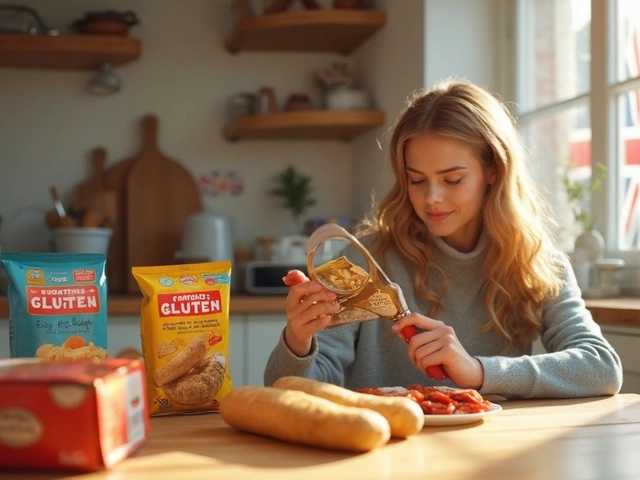

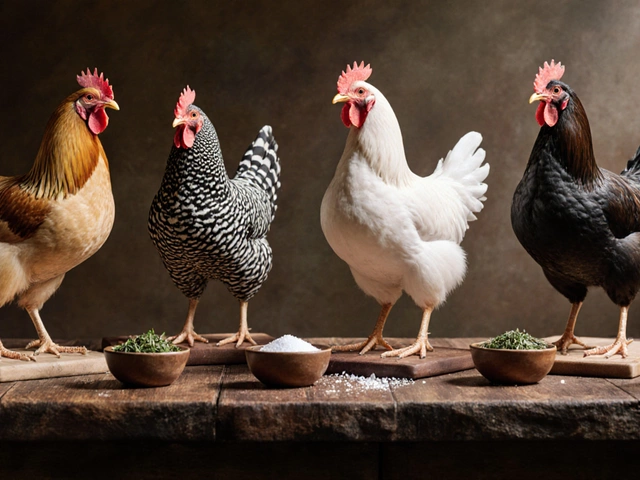
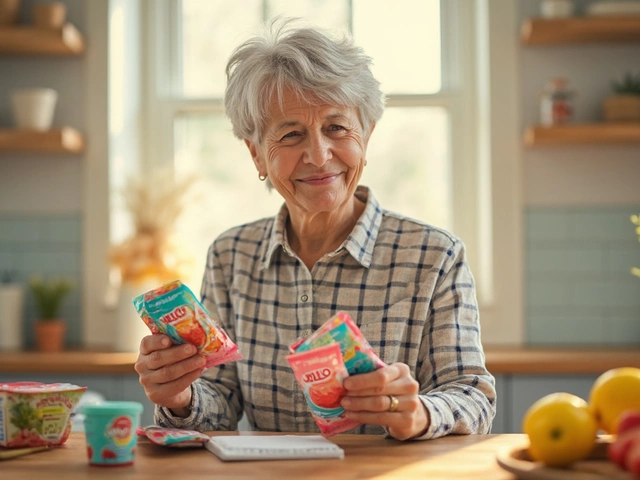

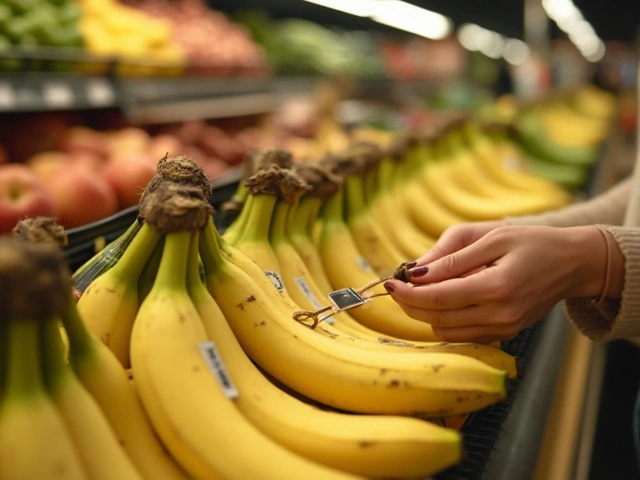

Write a comment